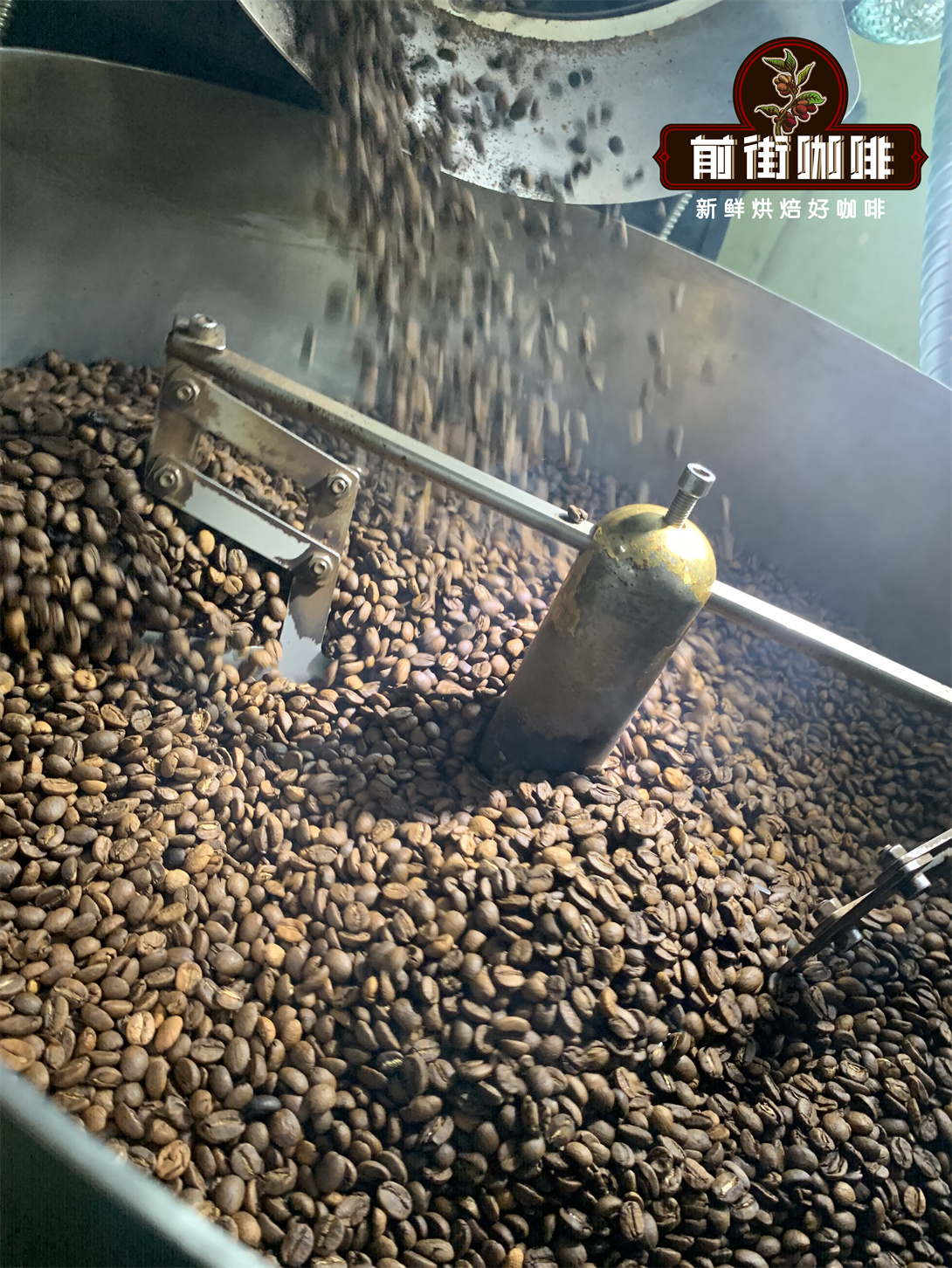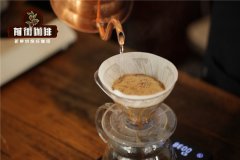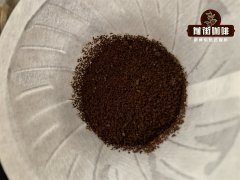The basics of coffee roasting teach you how to bake coffee according to the color of coffee.
Coffee roasting is looming in the imagination of most coffee lovers for good reason: the roaster is responsible for transforming an ordinary small seed into the complex, diverse and delicious "coffee beans" that we grind, brew and enjoy. Even for very experienced roasters who may have worked in the industry for many years, the transformation of coffee among roasters is always a source of fascination and excitement.
What is coffee roasting?
The process of turning raw coffee beans into roasted beans for brewing coffee is quite simple, but it is also easy to screw up. When roasting coffee, you try to heat it carefully and watch closely to make the coffee reach a specific internal temperature or "development" level.
Raw beans appear green before baking
During baking, calories not only caramel sugar and brown coffee, but also catalyze many other chemical and physical changes that, if done properly, can create familiar and surprising products. Basically, roasting uses different types of calories to produce chemical and physical changes in raw coffee.
There are three basic types of heat transfer: conduction (contact heat)-- like convection (hot air) you get from a frying pan-- like hair dryer or popcorn radiation (radiation)

How do you bake coffee?
In a simple formula: quality raw coffee + the right amount of calories + the right amount of time = high-quality roasted coffee. There are many different styles and methods of baking. Just as you can cook steak in hot pots, grills, ovens and even vacuum low-temperature cooking, different baking "machines" can range from cast iron frying pans to fully automatic stainless steel convection ovens. No matter which method is used, the chef / baker will try to judge the progress of the product and the "completion" of the beans according to the vision, smell and temperature queue.
Baked on large industrial machines, these machines roll coffee beans in heated rollers. All of our machines run manually, which means that each batch has a manual operation and determines how the baking works. The machine provides fairly accurate information about how many calories are introduced during baking and how coffee reacts, but the dynamics of each machine vary greatly. Therefore, while accuracy and consistency benefit from the advanced nature of our equipment, our success depends largely on the experience of bakers-which means their proficiency in explaining queues and their familiarity with the equipment they are using.
How to distinguish the degree of baking?
The shallow baking curve tends to emphasize the unique characteristics of coffee, while the deeper baking curve tends to emphasize more baking characteristics.
We also avoid using vague baking level descriptions such as "blond baking", "city-wide" or "Italian roasting" and instead help our customers find the coffee that works best for them by providing specific tasting instructions related to each type of coffee.
Important Notice :
前街咖啡 FrontStreet Coffee has moved to new addredd:
FrontStreet Coffee Address: 315,Donghua East Road,GuangZhou
Tel:020 38364473
- Prev

What is coffee made by hand? Understand the art of making coffee by hand at once!
Many people usually go to Xiao 7 or the whole family to buy coffee, but what's the difference between the coffee brewed by these machines and the coffee made by baristas? let's take a look at Qianjie Coffee. Hand-made coffee looks very simple, but the original step requires so much attention, ha, hand-brewed coffee is to pour hot water onto filter paper.
- Next

What is the difference between steamed coffee and extracted coffee? will the roasting degree of coffee affect the effect of steaming?
Bloom has the meaning of blooming flowers, but in the technical terms of coffee, it is familiar with "steaming"-the so-called steaming is that before brewing coffee, first soak the coffee powder with a little hot water and force out the gas (carbon dioxide) in the coffee powder by the stimulation of hot water to achieve the effect of steaming. Roasted coffee beans will produce fine holes in the surface and release them in small amounts.
Related
- What brand of black coffee is the most authentic and delicious? what are the characteristics of the flavor of the authentic Rose Summer Black Coffee?
- Introduction to the principle and characteristics of the correct use of mocha pot A detailed course of mocha pot brewing coffee is described in five steps.
- Which is better, decaf or regular coffee? how is decaf made?
- How much is a bag of four cat coffee?
- How about four Cat Coffee or Nestle Coffee? why is it a cheap scam?
- Which is better, Yunnan four Cats Coffee or Nestle Coffee? How about cat coffee? is it a fake scam? why is it so cheap?
- How about Cat Coffee? what grade is a hoax? which instant coffee tastes better, four Cat Coffee, Nestle Coffee or G7 coffee?
- Process flow chart of coffee making-Starbucks coffee making process what coffee tastes good at Starbucks
- The top ten best coffee beans in the world Rose summer coffee or Tanzanian coffee tastes good
- Yunnan four cat coffee is good to drink?_four cat coffee is a big brand? four cat blue mountain coffee is fake?

